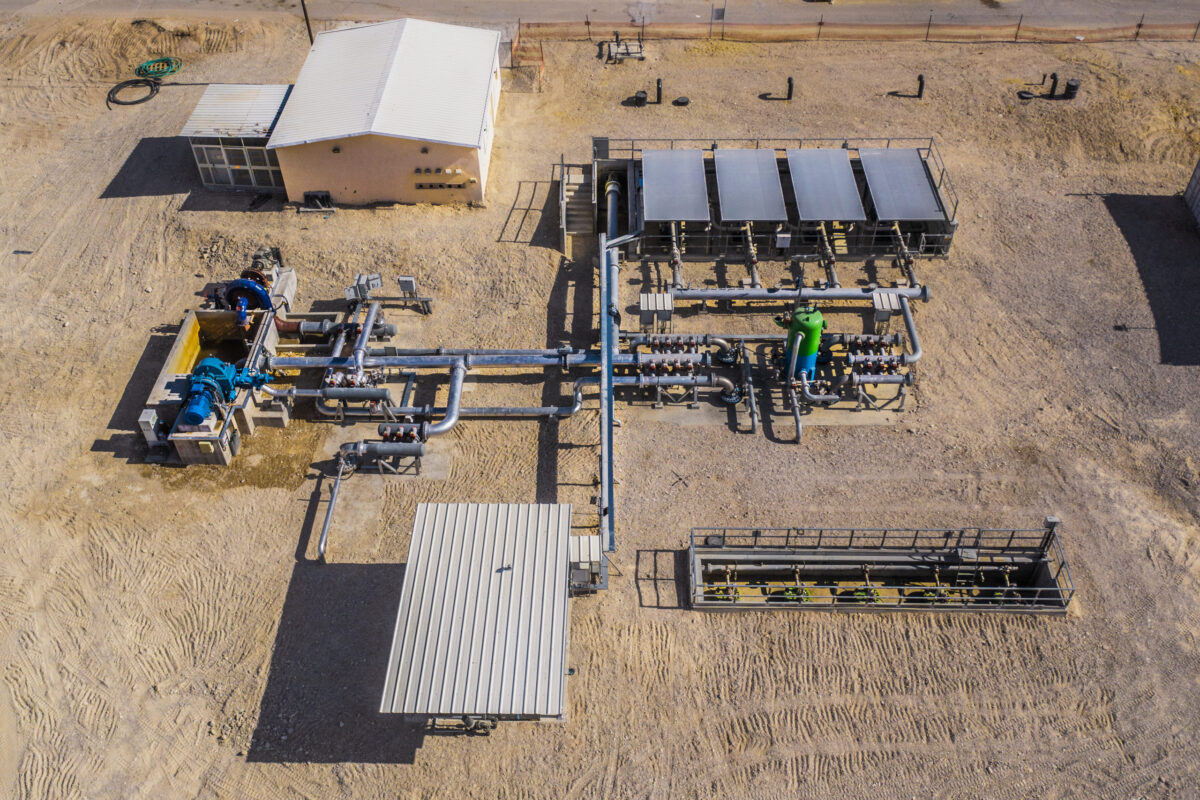From pv magazine USA.
As part of the American Recovery and Reinvestment Tax Act of 2009, the U.S. Treasury created Program 1603 to make payments – rather than investment tax credits – to income-generating clean energy projects. As a result, $26 billion was funneled into almost 110,000 clean energy projects.
While the current economic situation could get much uglier than what the country faced in 2008, there are those who believe a similar program could be used as a catalyst for markedly high levels of solar development when society returns to post-Covid-19 normality.
Jim Spano, co-founder of the RadiantREIT real estate investment trust solar financing firm is among their number.
Solar could rebound quickly
“I think the lesson learned from the first downturn,” Spano said, referring to 2008, “is that when public policy takes a coordinated interest against climate change, that policy will come up with alternatives to ensure that renewable projects continue to get developed and constructed.”
The tax equity finance model for solar in the U.S. – which involves lenders and corporations with big tax bills financing projects in return for the tax breaks awarded to them – is likely to evaporate in the current crisis and Spano believes an alternate financing model will replace it.
“I think we’re going to see a lot more debt coming into the market, which reduces the need for equity and makes projects more economically viable,” he said. “A lot of lenders are going to see significant growth and a lot of equity players in the market are going to be converting to debt positions as they recognize that the risk-deviated returns will be greater on the debt side.”
That prediction came on the same day European industry representatives voiced fears entirely the opposite scenario would unfold on their doorstep, with lenders expected to be increasingly unwilling to take a punt on solar amid the ongoing coronavirus lockdown.
Regardless of the financial tools used to make the upfront cost of developing projects manageable, Spano believes the U.S. solar industry is in a unique position to rebound more quickly, and with fewer long-lasting effects, than other sectors.
Enhanced
“Americans are anxious to get back to work,” said the solar investor. “You’re going to see a quick turnaround, a lot of capital looking to be deployed and the pent-up capital demand in the renewable industry is what’s going to drive that quick rebound into a robust industry.”
If aid comes from the federal government – unlikely as that prospect may be under the present occupant of the White House – Spano believes new solar development would emerge nationwide as states would look to reduce unemployment with the jobs renewables projects generate. If the funding comes at state level, however, renewables development would be skewed towards the states which have already instituted high renewable energy standards, as they would look to achieve the goals and mandates they set.
“Not all states have adopted a 100% renewable goal,” said Spano. “Common sense dictates that if a state passes a law calling for 100% renewables and the economics don’t support [development], even with the investment tax credit, the states are going to have to step in with some sort of incentive to achieve their goals … You can’t continue to have a law requiring 100% renewables if no renewables are being built.
“I think that Covid-19 is going to be a significant enhancement to the renewable industry because I think that we’re going to be the industry that provides the jobs and meets public policy goals.”
This content is protected by copyright and may not be reused. If you want to cooperate with us and would like to reuse some of our content, please contact: editors@pv-magazine.com.




1 comment
By submitting this form you agree to pv magazine using your data for the purposes of publishing your comment.
Your personal data will only be disclosed or otherwise transmitted to third parties for the purposes of spam filtering or if this is necessary for technical maintenance of the website. Any other transfer to third parties will not take place unless this is justified on the basis of applicable data protection regulations or if pv magazine is legally obliged to do so.
You may revoke this consent at any time with effect for the future, in which case your personal data will be deleted immediately. Otherwise, your data will be deleted if pv magazine has processed your request or the purpose of data storage is fulfilled.
Further information on data privacy can be found in our Data Protection Policy.